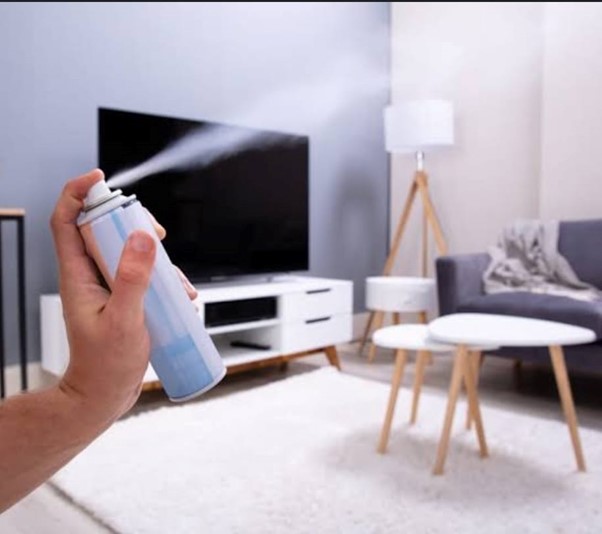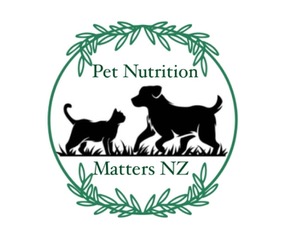Air Fresheners
Many households and cars have some kind of air freshener – sprays, electric plug in, gels, or candles. But do you know what is in these products? Most people assume air fresheners are tested prior to sale, but shockingly, no testing is required, and chemical companies don’t need permission to sell these products to you.
Fewer than 10% of the ingredients are disclosed on the labels. Synthetic aromas are largely made up of VOCs, which float through the air and can enter your animals bloodstream when invisible particles come into contact with the skin or are inhaled.
Many of the chemicals used to formulate these air fresheners – benzene, formaldehyde, styrene and phthalates – are known carcinogens, hormone disruptors, and general irritants that can cause neurological, respiratory and allergic responses. Most plug in also contain naphthalene which causes lung cancer in animals. Studies show that the average level of chemicals is often double in pets that people – highlighting once again the extreme vulnerability of our cohabitating companions.
Solution; Don’t buy products that list ‘fragrance’ on the label, or ‘made with’ as a marketing tool. Replace paraffin candles (made with a petroleum by-product) with unscented candles made with 100% beeswax, or vegetable wax. Check new candles for led wicks by rubbing the wick on a piece of paper; if it leaves a grey mark, the wick contains a lead core.
You can also water diffuse animal friendly pure essential oils in one room of your house. (Not all dog oils are friendly to cats, and vice versa – contact me if you’d like to check before purchasing) Always leave an escape route to an area where your pets can retreat to that has no added natural aromas.
Simmering orange peels and cinnamon sticks on your stove is also a pet friendly way to add a natural scent to your home. The best way of course to freshen the air is to open your windows on a fine day!

